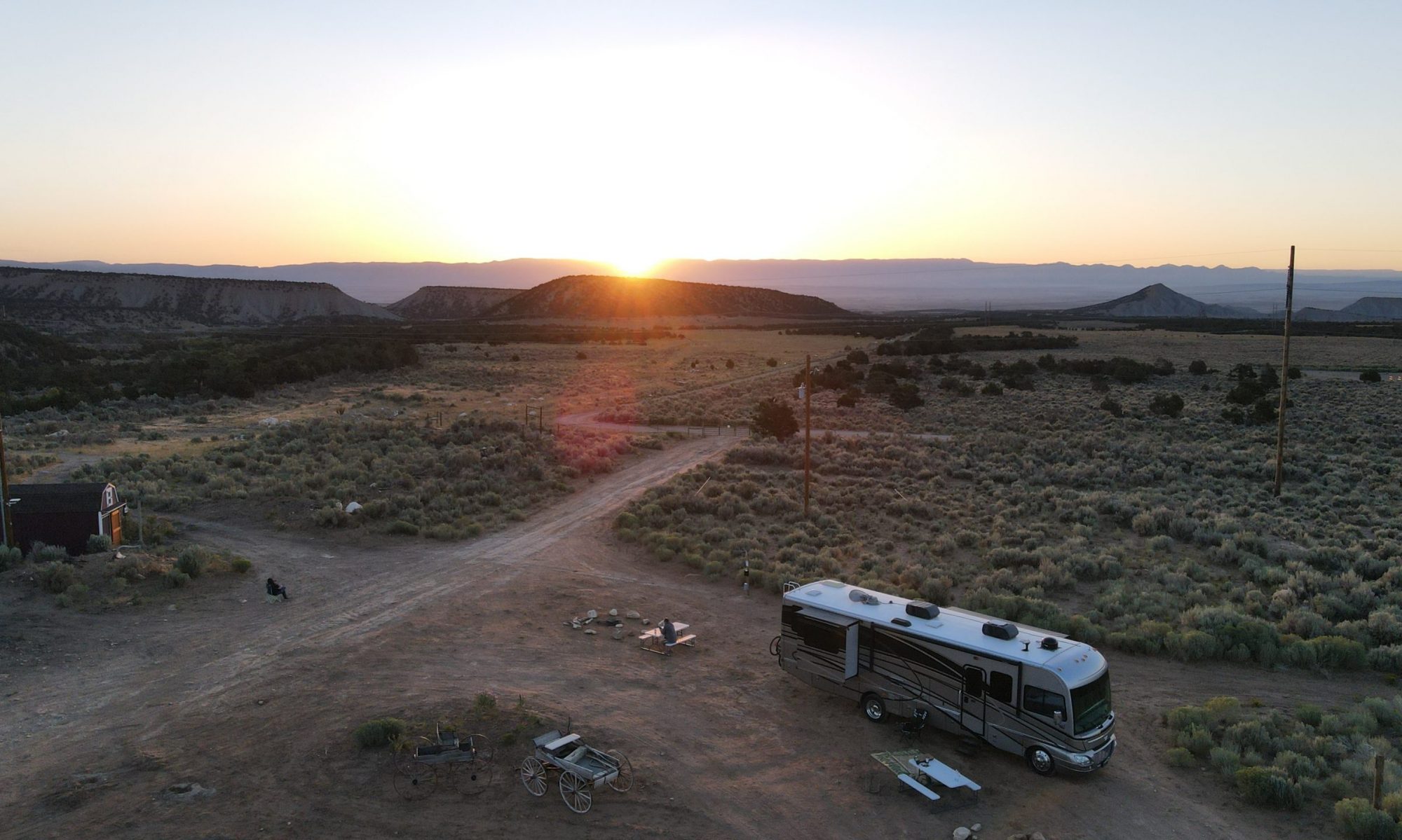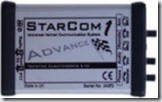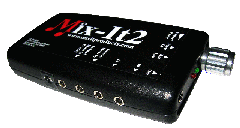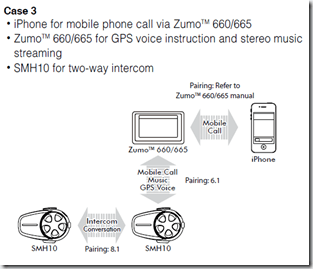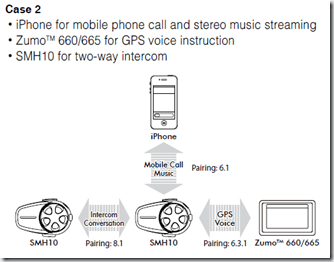
Back in June of last year I evaluated the Sena Bluetooth SMH10 and panned it here.
Back then, prior to 4.0 firmware, Sena had some issues with this product. Sound quality and volume were in a word absolutely horrible compared to the Starcomm I was using.
This now that Sena was up to firmware version 4.2 I thought I’d reevaluate them. I knew I was also picking up a new helmet this year and waited before installing the. I added the Sena to the Nolan N104 the day I got it. Which was a bit disconcerting since you have to cut a slot for the mounting tab in the bottom of the helmet.
My primary reasons for wanting the Sena were bike-to-bike intercom. But since that represents less than 5% of my riding I wasn’t willing to give up any audio quality to get that which is why I passed on them last year.
Once mounted up, the speakers dropped (or pressed) right into the helmet where the Nolan BT stuff would normally go. I used it for a few days.
Again, I wasn’t happy. Sound quality blew, and volume was probably 80% of where it needed to be. I wear earplugs when I ride, wind noise over long distances is very fatiguing. For a definition of a long ride see the prior post: Mason-Dixon 20-20 Rally Report. Again I was disappointed in the audio quality with my Zumo 665 via bluetooth and again, phone quality with the iPhone 4s paired with the Zumo was equally bad.
After poking around, asking on some boards, reading blogs, etc. It became clear that this is more likely a problem with the Zumo Bluetooth and not the Sena.
Even with the Garmin Zumo 665 paired as the phone so that it uses the higher quality A2DP bluetooth magic, it wasn’t always good. It was good sometimes, sometimes it seems the Zumo would just choose to use the Hands Free Profile or basic headset profile. When using those modes, again, audio sounded like listening to an AM radio through a pillow. Not good.
After discussing with Sena Tech support, I paired with the iPhone directly as a phone. Wow, audio quality was there. The volumes wasn’t quite there, but audio quality was.
I then paired the Zumo as a multi-point device, and GPS Audio turn directions were good enough. Not high quality but that didn’t matter.
So we’re making progress. More research indicated that the low audio volume problem is well known. One solution is to use good earbuds instead of speakers. So I switched up the mount to the Sena Earbud mount and put together a pair of EarFuze custom ear plugs. Yep, the volume was there. Now we’re cooking. The Earfuze are good but not great. Upgrading those to a pair of Westone UM2’s and we’re there. Awesome sound quality from the iPhone and more than adequate volume.
So now phase two, intercom testing. My riding buddy put a Sena on his helmet, we paired them up and went for a ride. Impressive. I never had really good luck with intercom with the Starcomm even though that’s what it was designed to do. It always picked up too much wind noise and I spent way too much time trying to ‘tune it’. But for single rider use it was pretty awesome.
With the Sena, I can’t wait to ride with my wife or one of my kids and have the ability to chat with them at the same time.
But I now had new problems. Manipulating an iPhone while riding with gloves on isn’t an easy task. Yeah the Sena kind of does that but I didn’t find it to be super-reliable. I’m really hoping they fix that with Firmware 4.3 (hint hint).
A buddy turned me on to a small inexpensive bluetooth remote. This one. It works as advertised.
So now I get:
- Really good, high quality audio through the iPhone with the ability to listen to podcasts, something that I couldn’t easily do with the Zumo. Getting them, converting them to mp3’s was a pain. Then Zumo didn’t know the difference so when you’d shuffle music you’d get the occasional pod cast or audiobook.
- Good enough GPS audio for turn by turn directions.
- Really good phone call audio.
- Rider to Rider intercom that actually works, up to about 1/4 mile.
Now using it for the first 800 miles was pretty good. But there were a couple of problems.
1) I could initiate an intercom with my buddy but he couldn’t “usually” initiate the intercom. I was streaming audio from the phone and I think the Sena doesn’t know it’s not a phone call so it takes priority. He was using audio piped in via the mp3 jack, from his mixit so that he’d have music (from an older zumo) and radar.
This wasn’t a deal breaker though, inconvenient yes but not a deal breaker. He could wave and point to his helmet and I could always call him. GPS directions from the multi-paired Zumo interrupted the intercom.
2) At the end of our initial ride, my buddy’s Sena just died. Wouldn’t charge and won’t charge up. We rode through a crazy amount of rain. But these things are supposed to be water/rain resistant.
Luckily we were able to borrow one for the rally ride and for 1440 miles we had the ability to communicate and that was huge.
I’m in the process of testing their warranty at the moment and will add how that goes. But for now I’ve pulled all of the Starcomm stuff from my bike and plan to use the Sena from here on out.
We got a good 14 hours of use before charging was required. Thankfully they work while charging so a portable battery in the breast pocket of my jacket kept us going through the rally. In the future I’ll have one in the tank bag charging or charged and I’ll just swap them.
So as of right now I’ve found a good compromise. I am disappointed with Garmin and their Zumo 665 BT stack. This was allegedly broken with the Zumo 665 2.9 firmware update. I’ve downgraded to 2.8 but that didn’t seem to fix it. Maybe I’ll roll back to 2.7 and see if that helps.
For now, the Sena dual pack at $300 average retail if you shop around, it’s a bargain.
Read the folding bike reviews for more info.
